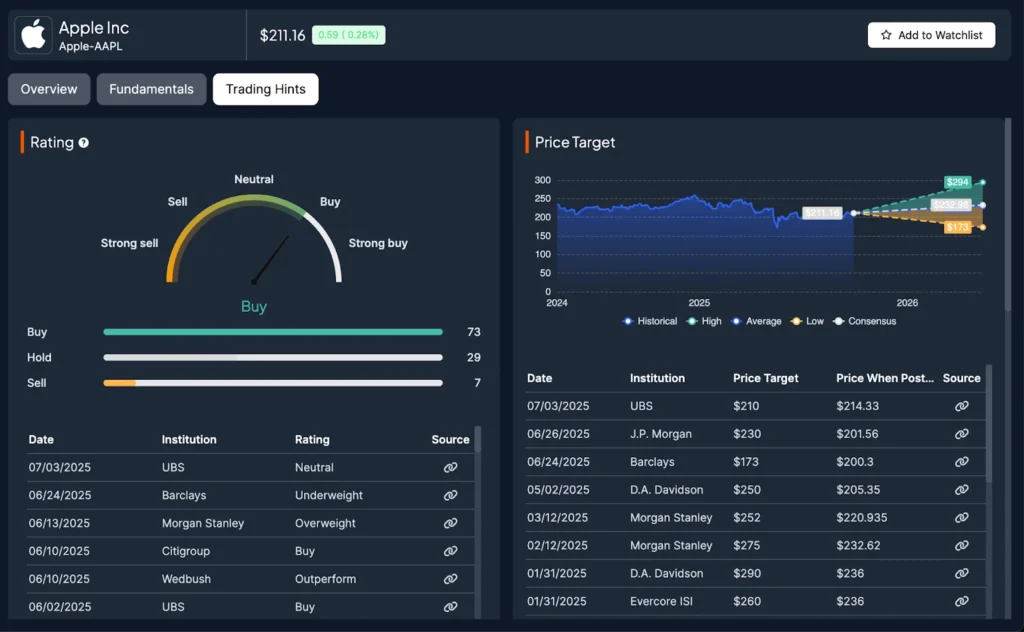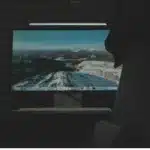DIY or Pro Install? The Most Important Question to Ask Before Renting an LED Video Wall
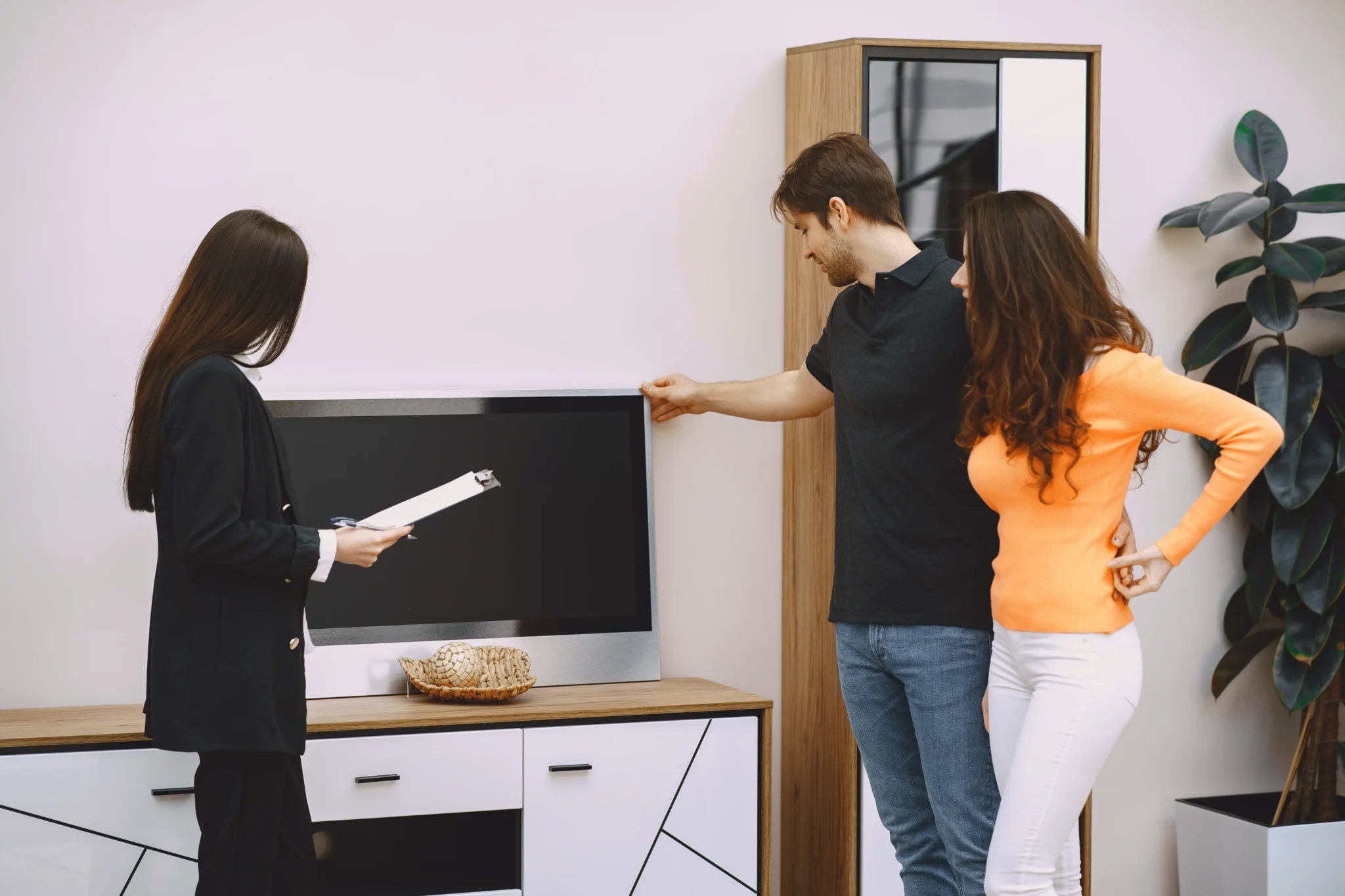
You’ve envisioned it: a stunning, seamless LED video wall serving as the dynamic centerpiece for your conference, concert, or trade show booth. The visuals are crisp, the colors are vibrant, and the impact is unforgettable. But between that vision and a flawless execution lies a critical decision that will shape your budget, timeline, and stress level: how does an LED wall get set up?
This is the central dilemma every event planner faces. On one side, you have the appealingly “cheaper” DIY route, where you pick up the panels and build the wall yourself. On the other, you have the seemingly more expensive but secure professional installation, where a trained crew handles every detail. The right answer isn’t always obvious and depends heavily on the scale and complexity of your vision.
Before you can weigh the pros and cons of installation, you first need to define that vision. The complexity—and therefore the risk of a DIY setup—grows significantly with the size and resolution of the screen. This guide provides a clear framework, data-backed comparisons, and expert insights to help you confidently choose the right path for your specific needs, ensuring your event’s visual impact is nothing short of spectacular.
At a Glance: DIY vs. Professional Installation
To understand the core differences, here is a direct comparison of the two approaches. This table gives you a scannable overview to help frame your decision.
| Feature | DIY Installation | Professional Installation |
|---|---|---|
| Upfront Cost | Lower (equipment only) | Higher (includes labor & service) |
| Hidden Costs | High potential (tools, damage, extra labor, troubleshooting time) | Minimal to none (all-inclusive quote) |
| Time Commitment | Significant (learning, setup, troubleshooting, testing) | Minimal (handled entirely by the crew) |
| Required Expertise | High (electrical, rigging, video processing, safety) | None required from you |
| Risk & Liability | You are responsible for all damages/failures; potential for voided warranties | The LED-video wall rental company assumes responsibility; guaranteed uptime |
| Support & Warranty | Limited; DIY mistakes can void rental terms | Full support, performance guarantees, on-site tech option |
The Cost Breakdown: More Than Just the Rental Fee
For both Eleanor the Event Coordinator, who manages a tight budget, and Mark the Marketing Manager, who seeks maximum value, understanding the true cost is essential. The price on the quote is only the beginning of the story.
The DIY Calculation
The initial thought process is simple: just pay for the equipment rental and save on labor. However, this overlooks a wide range of potential expenses that can quickly erode those savings.
- Hidden Costs: You may need specialized tools like torque wrenches, signal testers, or safety gear. You’ll face transportation challenges moving delicate, heavy panels. Critically, you are liable for any damage to the expensive panels during setup or teardown.
- The Cost of Time: The most overlooked expense is the value of your team’s time. Hours spent learning, assembling, and troubleshooting are hours not spent on other critical event tasks.
- Third-Party Costs: As one industry guide points out, even the basic components can add up. DIY parts can cost be costly, not including the rental itself.
The Professional Calculation
A professional installation quote is more than just a labor fee; it’s an all-inclusive service package designed for peace of mind. A single, clear price typically covers:
- Delivery and transportation of all equipment to the venue.
- Skilled labor for safe assembly and rigging.
- Precise calibration and testing for a perfect image.
- On-site technical support during the event (often optional).
- Complete teardown and removal post-event.
While the upfront number is higher—professional services for LED screens usually cost around $300 and scales up with complexity—it eliminates the risk of surprise expenses and costly errors.
The DIY Deep Dive: Are You Truly Ready?
For Mark, the DIY Marketing Manager, the question isn’t just about saving money—it’s about whether his team has the capability to execute a project of this complexity. Before you commit to a self-install, you must honestly assess if your team possesses these non-negotiable skills.
The Non-Negotiable Skillset
- Structural & Rigging Expertise: This is a matter of safety. You must understand load-bearing limits for hanging rigs, proper truss assembly, and how to build a safe, level ground support structure. Guesswork can lead to equipment damage, injury, or catastrophic failure.
- Power Distribution Knowledge: An LED wall requires significant, stable power. Your team needs to accurately calculate the total power draw, understand voltage requirements, and ensure you have dedicated circuits to avoid tripping breakers or, worse, damaging the sensitive electronics with an improper power supply.
- Video Signal Flow & Processing: An LED wall is not a giant TV. It requires a deep understanding of video processors, like the professional-grade NovaStar VX600 Video Processor that Miami Sound Rental uses. You must be familiar with connecting sending and receiving cards, managing input/output sources, and configuring the software for seamless, glitch-free visuals.
The Toolkit You’ll Need (Beyond a Basic Wrench)
A successful build requires more than what’s in a standard toolbox. You’ll likely need torque wrenches for secure rigging, multimeters to verify power, specialized signal testers for troubleshooting data lines, and precise leveling tools to ensure there are no visible seams between panels.
Top 3 Common DIY Pitfalls
- Mismatched Panels & Visible Seams: The most common sign of an amateur setup. Without precise alignment and proper software calibration, you end up with a distracting, unprofessional grid effect that ruins the immersive experience.
- Incorrect Powering or Cabling: This is the most dangerous mistake. A wrong connection can permanently damage multiple LED modules, lead to a mid-event blackout, or create a serious electrical hazard.
- Underestimating Time & Effort: What a professional crew can complete in two hours often becomes a multi-day nightmare of frantic manual-reading, trial-and-error, and stressful troubleshooting for an inexperienced team.
The Professional Advantage: Peace of Mind as a Service
For Eleanor the Event Coordinator, reliability is paramount. The value of a professional installation isn’t just in the labor—it’s in the guarantees that ensure the event goes off without a hitch.
Expertise & Efficiency
Trained technicians who build these walls every day work with speed and precision. They can rapidly and safely assemble, calibrate, and test even complex setups, guaranteeing perfect alignment and stunning visual quality from the moment your event begins.
Guaranteed Performance
Professionals don’t just build the wall; they perfect it. They ensure flawless pixel-to-pixel mapping, uniform brightness, and consistent color calibration across every panel. This meticulous attention to detail is what creates the seamless, immersive experience you envisioned.
Liability & Insurance
When a professional crew handles the installation, the rental company assumes responsibility for the equipment during setup and operation. If a panel is damaged or a component fails, it’s on them to fix or replace it, shielding your organization from significant financial risk.
Warranty Protection
This is perhaps the most critical and overlooked benefit. A DIY mistake can be incredibly costly A professional installation safeguards your rental agreement. Any equipment issues that arise (not caused by user error) are fully covered, ensuring you’re not left with a massive bill for a simple mistake.
On-Site Support & Troubleshooting
Many professional service packages include the option to have a dedicated technician on standby for the duration of your event. This expert presence provides the ultimate peace of mind, ready to address any unforeseen issue instantly, so your show goes on without interruption.
So, how do you make the final call?
Factor 1: Event Type & Criticality
- High-Stakes Events: For concerts, major conferences, fashion shows, or live broadcasts, the risk of technical failure is unacceptable. Professional installation is essential.
- Lower-Stakes Events: For small internal meetings or a simple background display, DIY might be considered if your team genuinely has the required skills.
Factor 2: Technical Complexity of the Wall
- Simple: A small, ground-supported, flat screen (e.g., 8×5 feet) with a single video source might be feasible for a skilled DIY team.
- Complex: Any large-scale wall, flown (hung) wall, curved screen, or setup with multiple inputs and interactive elements demands professional expertise for safety and visual integrity.
Factor 3: Your Team’s Verifiable Skillset
Be brutally honest. Does your team include a certified AV technician, a licensed rigger, and someone with video engineering experience? Or are they just generally “tech-savvy”? Do they have hands-on experience with specific components like Video Wall Hanging Rigs and LED processors? If not, the risk is too high.
Factor 4: Budget vs. Time vs. Risk Tolerance
- Financial Budget: Can you afford the upfront cost of professional services?
- Time Budget: More importantly, can you afford the time for your team to learn, build, troubleshoot, and potentially fix major errors if you go the DIY route?
- Risk Tolerance: How much risk—financial, reputational, and safety-related—are you willing to accept to save on labor costs? For most, the answer is very little.
Essential Questions to Ask Your Rental Provider
- Do you offer both professional installation and self-pickup options for your LED video walls?
- If we choose professional installation, what exactly does the service include (delivery, setup, calibration, tear-down, onsite tech)?
- If we choose DIY, what support resources (detailed manuals, phone support hotline, troubleshooting guides) do you provide?
- What are the liability terms for equipment damage if we opt for a DIY setup? Is there a damage waiver available?
- Is all necessary cabling (power, data, video signal) and the video processor (e.g., NovaStar VX600) included in the rental bundle, or are they separate items?
- What are your policies regarding late returns or extended rental periods, especially given your 15%-30% discount for rentals exceeding 24 hours?
Conclusion: Your Event Deserves the Right Foundation
The choice between a DIY and a professional LED video wall rental for installation is a strategic decision that goes far beyond the initial price tag. It’s a calculated balance of cost, risk management, and resource allocation. While the DIY path can seem appealing for the simplest scenarios with truly expert teams, the reality is that for most critical events, the numbers tell a different story.
Making the right decision upfront is the foundation of a successful event. The peace of mind, guaranteed visual quality, and reliable operation that come with a professional installation often represent the smarter, more cost-effective investment in the long run. It ensures your event’s visual spectacle is flawless, stress-free, and truly unforgettable.

Diamond Painting Apps & Digital Tools for 2025 Artists

Pallet Wood Sourcing: Ethical and Sustainable Practices
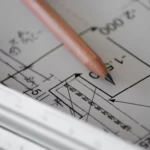
Understanding Cost-Benefit Analysis for Project Feasibility

Accelerating drug discovery through the DEL-ML-CS approach

AI in Marketing Is No Longer a Buzzword — It’s the Strategy

Diamond Painting Apps & Digital Tools for 2025 Artists
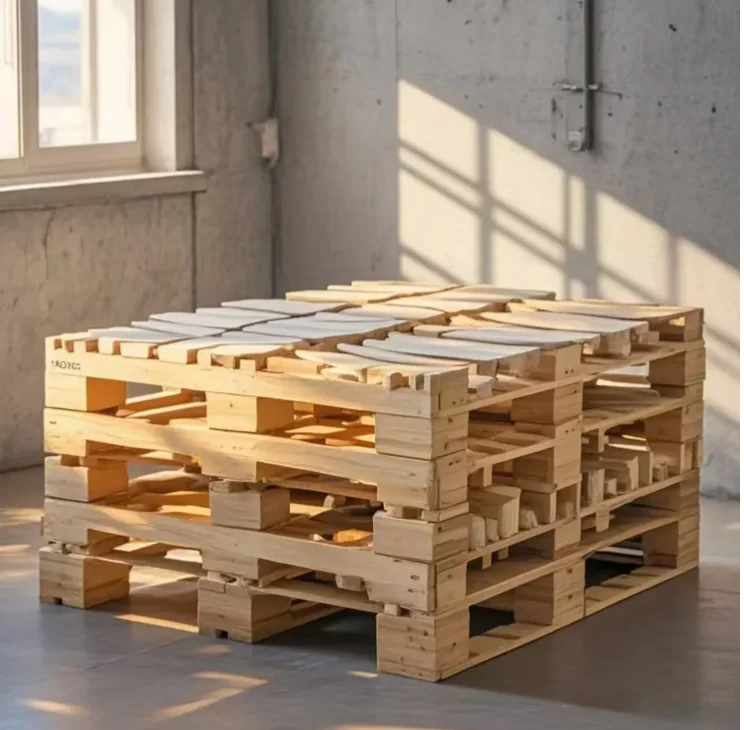
Pallet Wood Sourcing: Ethical and Sustainable Practices
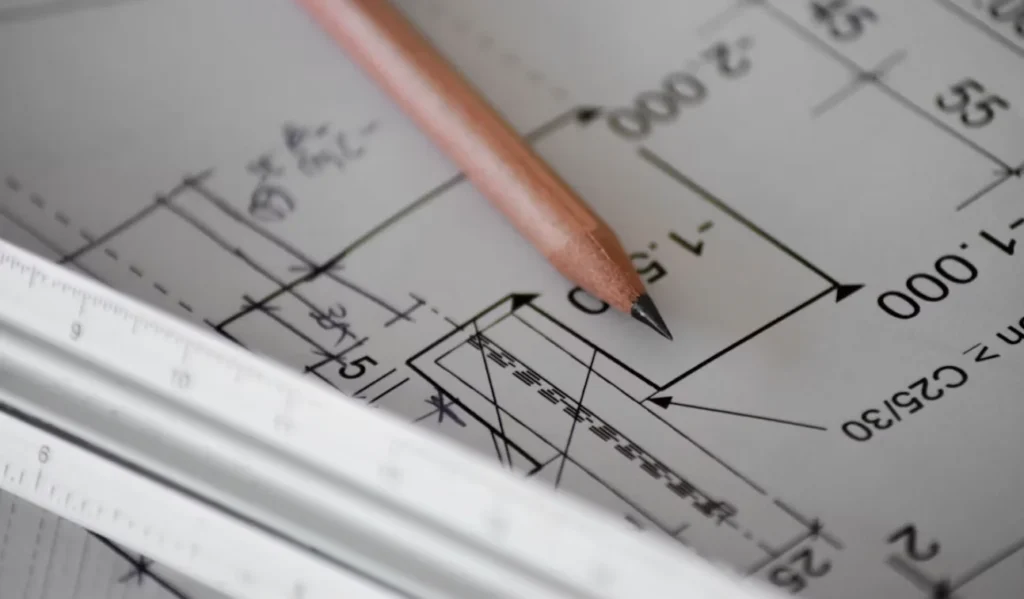
Understanding Cost-Benefit Analysis for Project Feasibility
